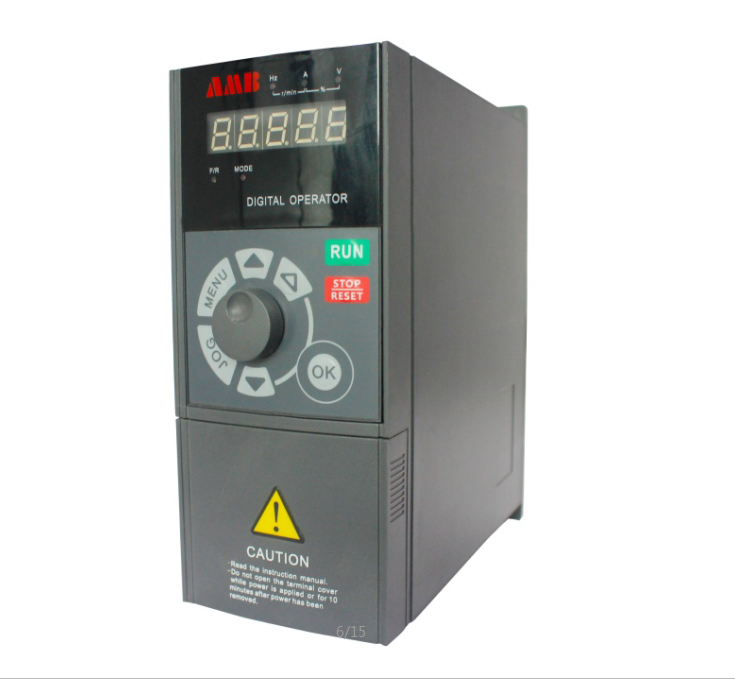
Ordinary asynchronous motors are designed according to constant frequency and constant voltage, which can not fully meet the requirements of variable frequency speed regulation. The following is the influence of frequency converter on motor:
1. Efficiency and temperature rise of motor
No matter what kind of frequency converter, harmonic voltage and current will be produced in different degrees during operation, which makes the motor run under non sinusoidal voltage and current. According to the information, at present
For example, the commonly used sine wave PWM frequency converter has zero low order harmonics, and the remaining high-order harmonic components which are about twice the carrier frequency are 2U + 1 (U is the modulation ratio).
Higher harmonic will cause the increase of stator copper loss, rotor copper (aluminum) loss, iron loss and additional loss, especially rotor copper (aluminum) loss. Because the asynchronous motor is rotating at the synchronous speed corresponding to the fundamental frequency, the rotor loss will be very large after the high harmonic voltage cuts the rotor bar with large slip. In addition, additional copper consumption due to skin effect should be considered. These losses will make the motor generate extra heat, reduce efficiency and reduce output power. If the ordinary three-phase asynchronous motor is operated under the condition of non sinusoidal power supply output by frequency converter, its temperature rise will generally increase by 10% - 20%.
2. The problem of motor insulation strength
At present, many small and medium frequency converters adopt PWM control mode. Its carrier frequency is about several thousand to more than ten kilohertz rise rate, which is equivalent to the steep impulse voltage applied to the motor, so that the turn to turn insulation of the motor can withstand 4-6 times of the voltage. Superimposed on the running voltage of the motor, it will pose a threat to the insulation of the motor to the ground. The stator winding of the motor should bear a very high voltage in addition to the repeated impact of high voltage Accelerated aging of rectangular chopper generated by frequency converter
3. Harmonic electromagnetic noise and vibration
The vibration and noise caused by electromagnetic, mechanical, ventilation and other factors will become more complex when the ordinary asynchronous motor is powered by frequency converter. The time harmonics contained in the frequency conversion power supply interfere with the inherent space harmonics of the electromagnetic part of the motor, forming various electromagnetic exciting forces. When the frequency of electromagnetic force wave is consistent with or close to the natural vibration frequency of the motor body, resonance will occur, which will increase the noise. Due to the wide range of operating frequency and wide range of rotating speed, the frequency of various electromagnetic force waves is difficult to avoid the natural vibration frequency of each component of the motor.
4. Adaptability of motor to frequent starting and braking
Since the motor can be started without impact current at a very low frequency and voltage, and can be quickly braked by various braking methods provided by frequency converter, which creates conditions for frequent starting and braking. Therefore, the mechanical system and electromagnetic system of the motor are under the action of cyclic alternating force, which brings about the mechanical structure and insulation structure Fatigue and accelerated aging problems.

|
|

|
| The public, | Mobile station |
 0755-81719517
0755-81719517
|
|
 0755-81719530 0755-81719530 |
 [email protected] [email protected] |
 Floor 1, 5 and 6, building 7, lijincheng science and technology industrial park, gongye dong road, longhua new district, shenzhen Floor 1, 5 and 6, building 7, lijincheng science and technology industrial park, gongye dong road, longhua new district, shenzhen |
|